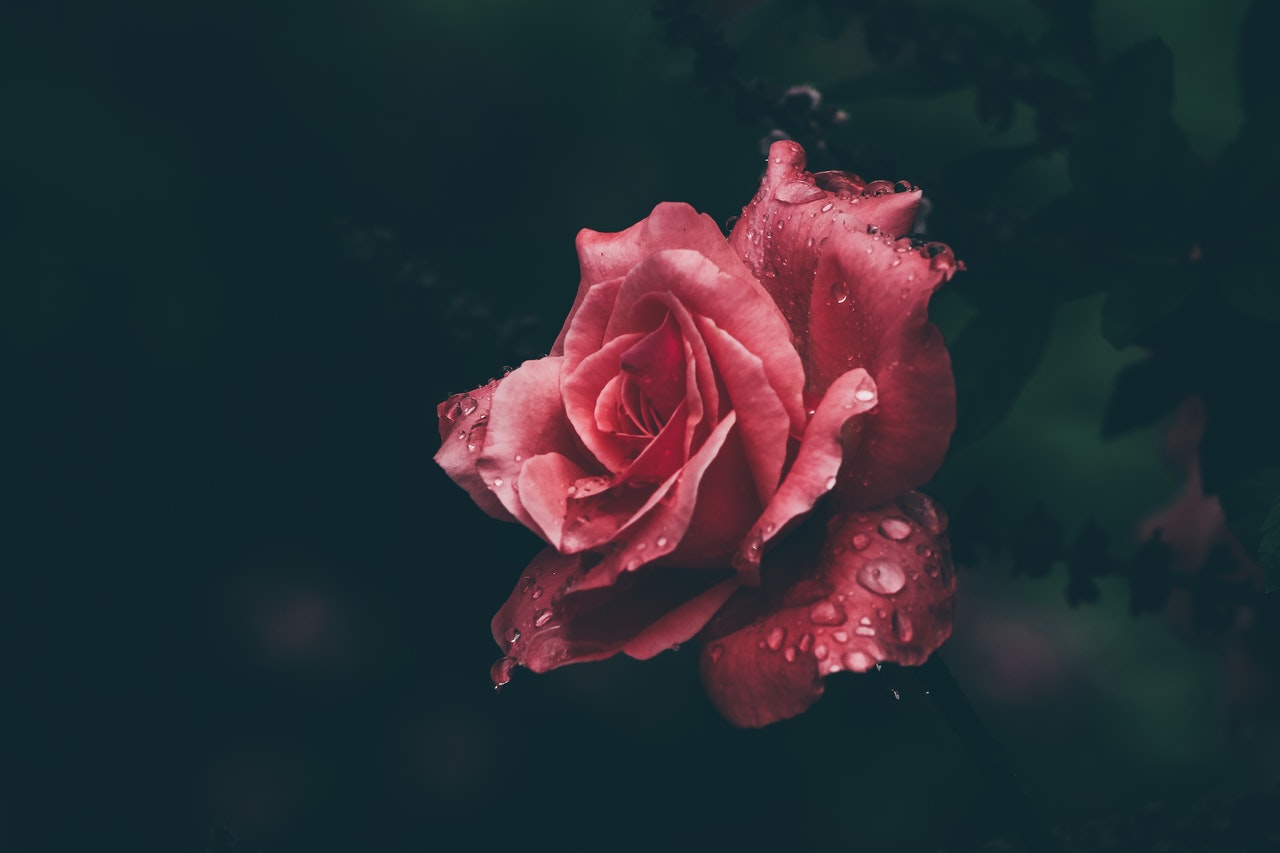Where did the idea for Lonely Furrow stem from?
Having lived in a Bihar village for much of my childhood, I have always been fascinated, concerned and connected with the lives of peasants. In fact, I have seen and experienced how it has transformed from a flourishing, idyllic agricultural village to its current bleak plight.
How is the artistic process similar to the labor of a Bihari farmer?
The works created for this exhibition had a very tactile, labor-intensive and organic approach. I did loads of hand painting as the various pulps used in this project are very sensitive. Besides hand painting, drawings prepared for the plates were also a meticulous process.
Did the geographical detachment of working in Singapore help?
Of course it did. It was ironic that I was creating my works about Indian farmers in an ultra-modern city state. But I was fortunate to have a great team in the Singapore Tyler Print Institute who collaborated with me in achieving my artistic vision. In fact, this project was an eye-opener for me, as I usually work in a solitary style.
What would you like to address with your project?
Unlike the detached and disposable nature of media reports, I wanted to explore alternative ways of looking at a very pertinent issue facing India now. India is still an agricultural-based society but the multinationals have adversely affected the lives of the average Indian farmer. The mass suicides by farmers are also a grave concern and a tragic loss to society as the knowledge from generations of these folks is absolutely wasted.
What’s in the pipeline?
A major Lonely Furrow exhibition will be debuting in India, early 2012. The works-in-progress exhibitions here and in New York are like teasers before the big one.
Lonely Furrow runs through Sep 10 at the Singapore Tyler Print Institute.





